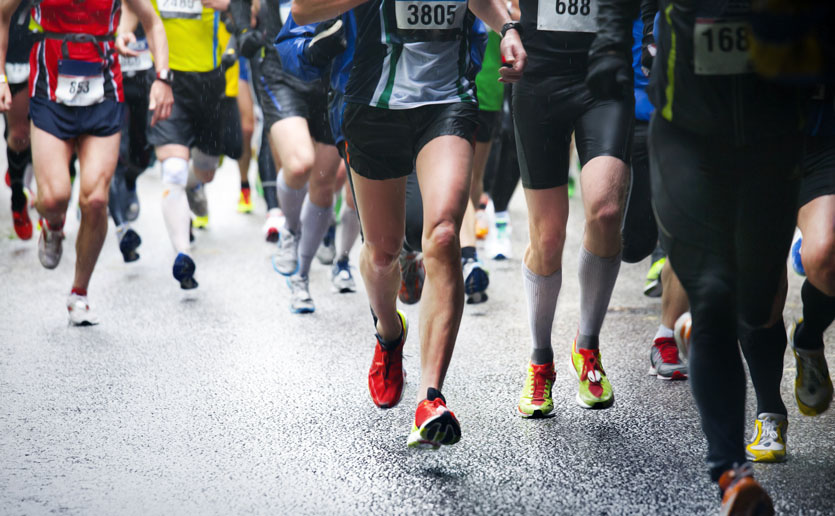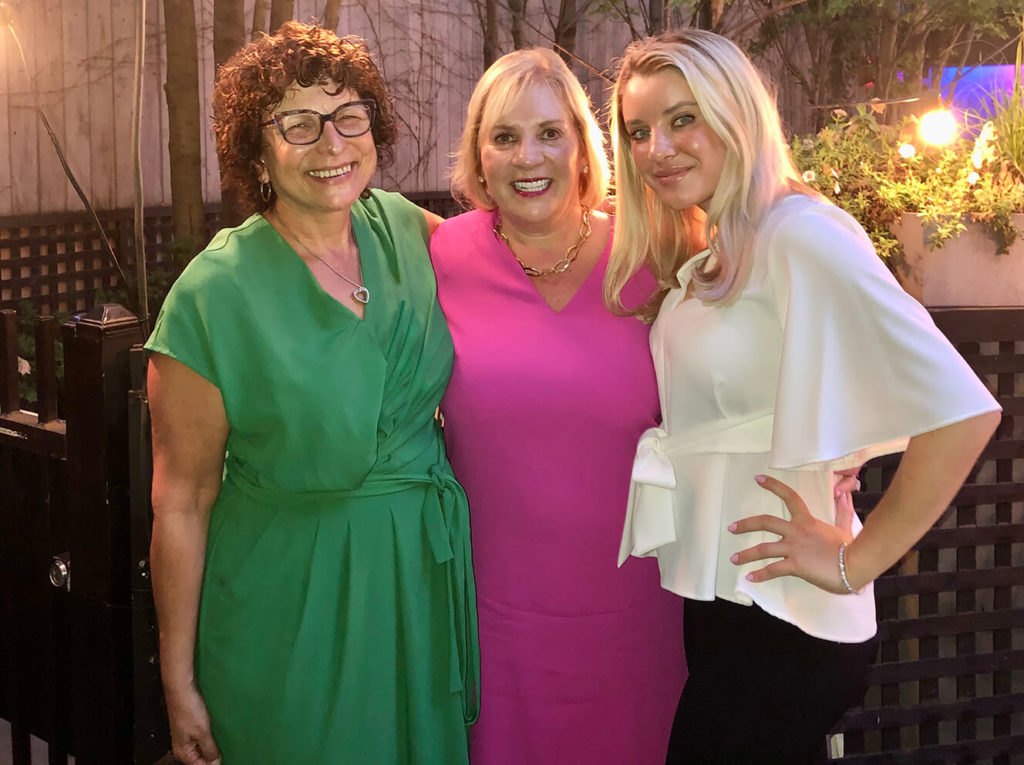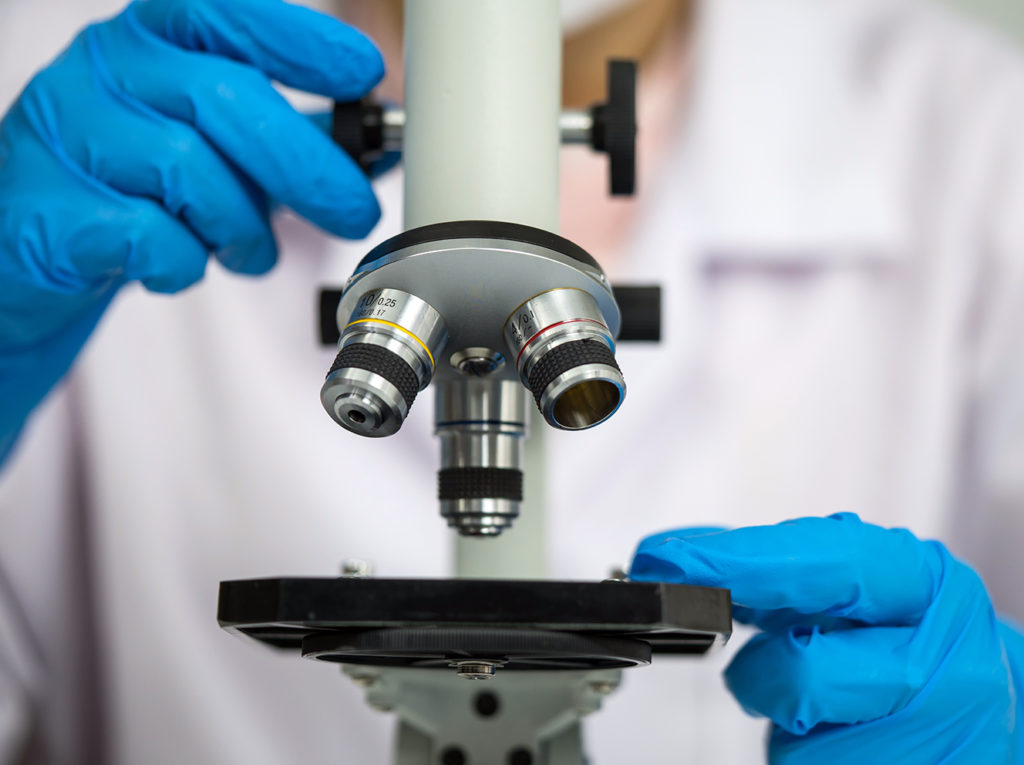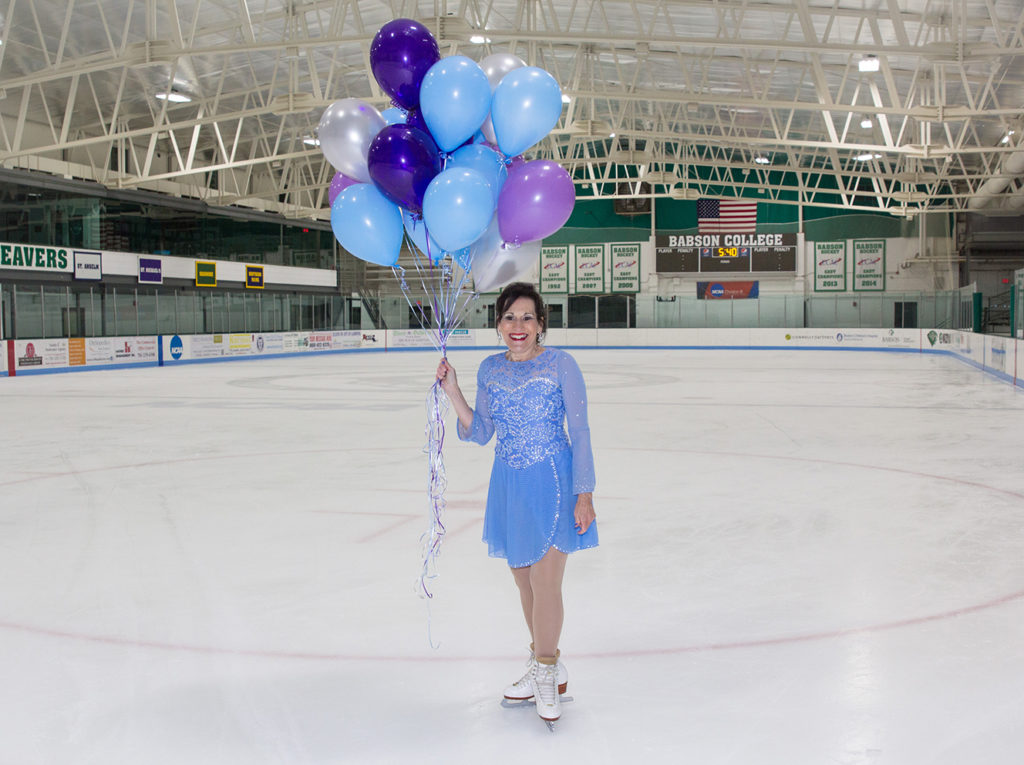Like age, osteoarthritis can creep up you. Your days of getting cross-checked in high school hockey or throwing fast-pitch softball are gone and the injuries healed years ago — but in your 50s and 60s, pain and swelling can return to those same spots.
Typical spots for osteoarthritis include hips, knees, ankles and feet.
Old injures are a risk factor, along with aging and weight gain, for osteoarthritis. Often called the “wear and tear” disease, osteoarthritis happens when the connective tissue between joints, called cartilage, breaks down.
This leaves bones to rub together, which can lead to abnormalities such as bone spurs, swelling and also pain and loss of movement.
Exercising with Osteoarthritis
To avoid pain, people sometimes stop exercising.
But it doesn’t have to be that way, says Minna Kohler, MD, director of Massachusetts General Hospital’s Rheumatology Musculoskeletal Ultrasound program.

Dr. Kohler treats patients who have osteoarthritis with minimally invasive procedures like ultrasound-guided corticosteroid injections and referrals to physical therapy.
At the clinic, they counsel patients on exercise, diet and stretching. When needed, she connects patients to orthopedic surgeons.
Her advice: Seek a doctor’s guidance if you notice pain following certain activities. Don’t wait until your shoulder is frozen or you can’t exercise because your knee hurts.
Diagnosis Technology
At Mass General, Dr. Kohler uses musculoskeletal ultrasound to diagnose and manage osteoarthritis. The technology can show tendon tears, tendinitis, joint fluid, bony erosions and crystals such as gout.
“Ultrasound can reduce healthcare costs; patients may not always need the expensive MRI, unless they need surgery,” Dr. Kohler explains. “We put the ultrasound probe exactly where it hurts and can identify what the issue is at the time of evaluation.”
Typical spots for osteoarthritis include hips, knees, ankles and feet. “These areas can get inflamed by the body’s attempt to repair cartilage, which it does not do well,” Dr. Kohler says.
Ultrasound-Guided Therapy
Ultrasound can reduce healthcare costs.
Once lost, cartilage cannot be replaced, but treatments can help patients feel better and remain active. Some treatments, like needle tenotomy to break up calcifications in shoulder joints and guided corticosteroid injections into knees, are better with ultrasound.
The ultrasound guidance reduces discomfort caused by the procedure. With calcifications, ultrasound guidance offers a treatment to eliminate pain, swelling such as fluid and Baker’s cysts and avoid surgery.
There is no cure for osteoarthritis but more advanced treatments are under investigation.
Staying Active for Sports
High-impact sports and repetitive motions can contribute to arthritis, but patients should not be afraid of exercise, Dr. Kohler says. Research has shown that even running did not increase osteoarthritis among individuals who were already runners, she adds.
The key is to be active all week. Weekend warriors are more prone to injury.
The key is to be active all week, explains Dr. Kohler. Weekend warriors who go all-out on Saturday and Sunday, but have desk jobs and do minimal activity during the week, are more prone to injury. This also places them at risk for osteoarthritis. Studies have shown that even five or 10 minutes of exercise slipped into the weekday can help, she says.
“If you’re able to stay active on a more regular basis, then your body is more conditioned to keep up with the activities you want to do,” Dr. Kohler says. “Aging tendons are less pliable so incorporating stretching is also important.”
Exercise keeps bone density high, lowering fracture risks, and muscles conditioned, which reduces the risk of falls. “Staying physically active can also potentially reduce inflammation, which contributes to osteoarthritis,” Dr. Kohler says. “That’s why we always talk about exercise as the best medicine.”
Tips for Staying Active:
- Exercise a few times a week, even if only for five to 10 minutes.
- Stretch before exercise.
- Be aware of your anatomy, weight, past injuries and family history, which can be osteoarthritis risk factors.
- Arthritis-like symptoms in your 20s require medical evaluation. It could be a sign of an autoimmune disease.
- Try the Mediterranean or anti-inflammatory diets to improve osteoarthritis symptoms.
- Avoid sugar and red meat, which can increase inflammation.
When You Have Pain:
- Treat a sprain or injured tendon by stopping activity temporarily.
- Try over-the-counter non-steroidal anti-inflammatory medicine to reduce swelling.
- After exercise, use ice, if you have swelling and know you overdid it. If you know the area swells or is stiff often, use heat.
- Gradually return to exercise, even if the swelling is down. Immediate aggressive exercise after injury can risk further injury.
- When you have pain, swelling and warmth in the joint region or persistent pain, see a doctor.
To support the patient care and research of Dr. Kohler and her colleagues, please contact us.






